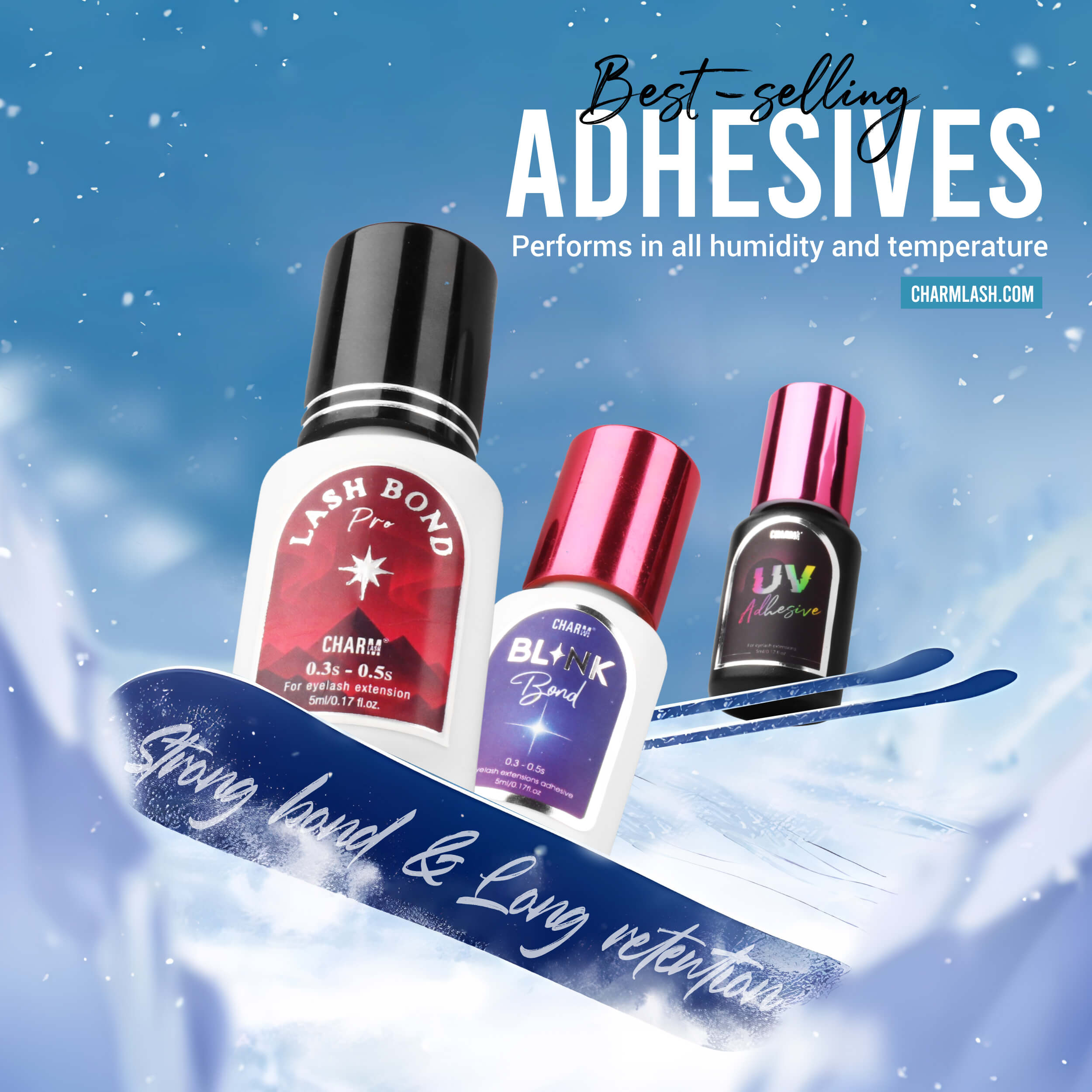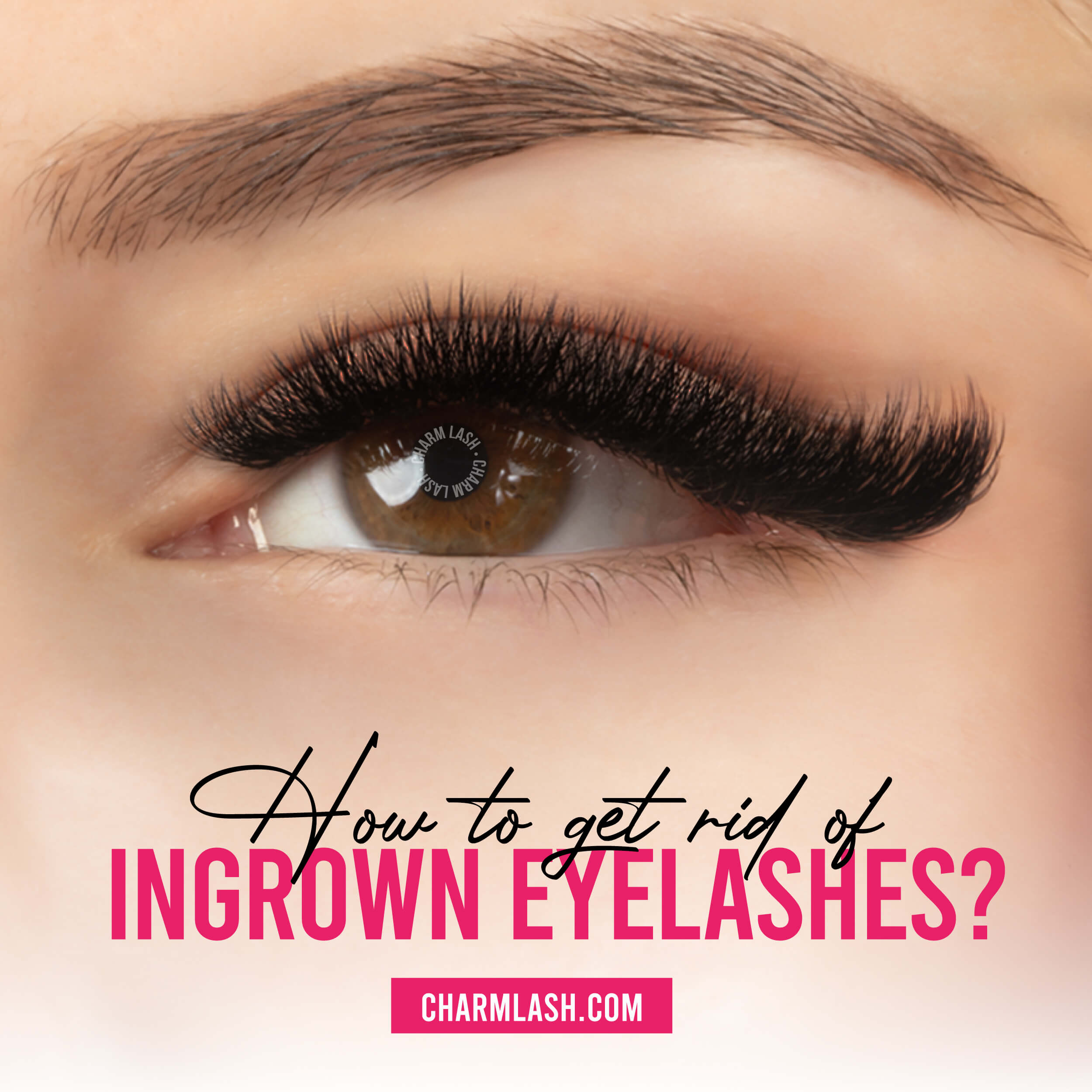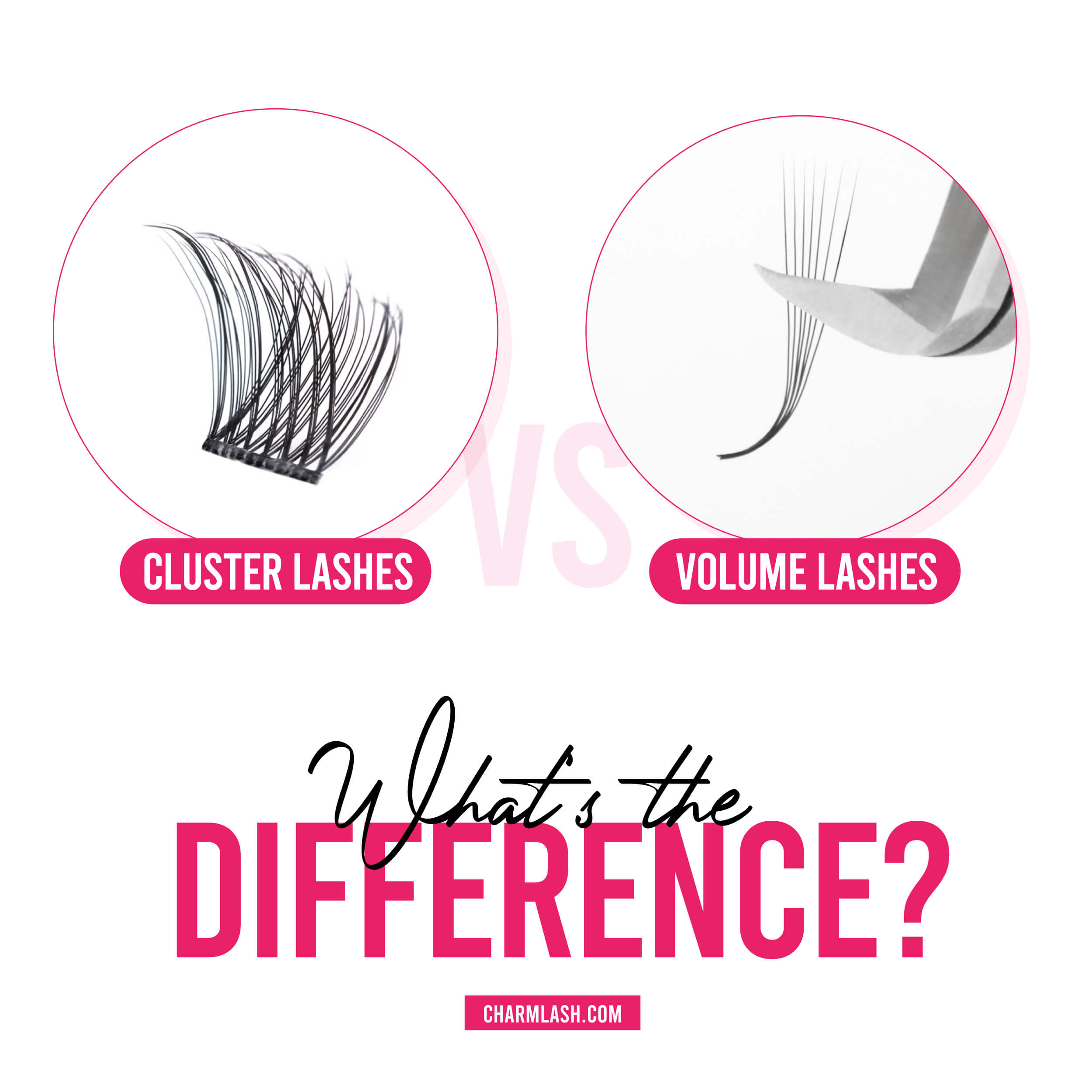For anyone diving into the world of eyelash extensions, understanding the nuances between natural lash shed vs bad retention is crucial. Let’s explore the distinctions between these two phenomena, making it simpler to grasp.
1. Lash Shedding:
What is it?
Lash shedding is a normal process where both your natural and extended eyelashes naturally fall out over time. Just like how the hair on your head sheds, this shedding is part of your body’s natural renewal and regeneration cycle for eyelashes. Everyday, on average, individuals tend to lose around 3 to 5 lashes. This shedding is a vital aspect of maintaining healthy lashes. It’s similar to how old hair falls out to make way for new growth on your scalp.
The growth cycle of eyelashes comprises three phases:
- Anagen (Growth) Phase: This is when your lashes are actively growing. They’re at their highest during this phase.
- Catagen (Transition) Phase: In this stage, lashes stop growing and prepare to shed. It’s a transitional period.
- Telogen (Resting) Phase: During this phase, the old lash falls out naturally. This makes room for a new lash to grow in its place.
View more: Eyelash regrowth – all you need to know
This continuous shedding process ensures that your eyelashes remain healthy and continue to grow properly. Losing 3 to 5 lashes per day might sound like a lot, but it’s entirely normal and not usually a cause for concern. However, if you notice excessive lash shedding or a significant thinning of your lashes, it’s a good idea to consult with a healthcare professional or a dermatologist. They can help identify any underlying issues and provide appropriate guidance or treatment.
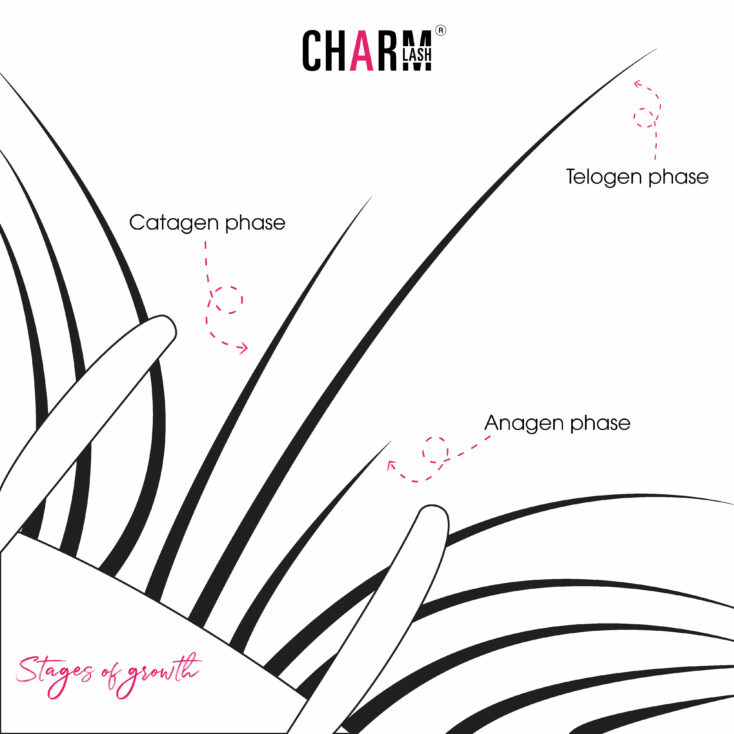
Normalcy in Motion
Losing a few lashes every day is completely normal and part of a continuous cycle of renewal for your eyelashes. This natural shedding process ensures that your lashes remain healthy and strong. Think of it as a way for your body to refresh and rejuvenate your lash line, much like how your skin sheds dead cells to reveal fresh, new skin underneath. Just as we lose a bit of hair from our heads daily, shedding a few eyelashes is a natural part of maintaining overall lash health.
Lash artists play a crucial role in managing the impact of this shedding between fill appointments. They help minimize the noticeable loss by strategically filling in any gaps, ensuring that your lash line maintains its fullness and density. This ensures that even as your lashes naturally shed, your overall lash look remains intact and vibrant. So, don’t worry if you notice a few lashes falling out each day – it’s just your body’s way of keeping your lashes healthy and vibrant. With the help of lash artists, you can enjoy a continuous cycle of renewal with minimal impact on your overall lash
2. Bad Retention:
What is it?
Bad retention refers to a situation where lash extensions don’t hold up as long as they’re supposed to. It’s when those beautiful lashes say their goodbyes earlier than expected, causing frustration for both the lash artist and the client. This premature departure of lash extensions can hurt your business, as clients may feel dissatisfied and hesitant to return for future appointments. It can also affect client satisfaction, as they may not achieve the desired longevity and fullness they were hoping for.
Identifying and addressing the factors contributing to bad retention is crucial for maintaining a successful lash extension business. Whether it’s improper application techniques, poor adhesive quality, or inadequate aftercare practices, pinpointing the root cause can help improve retention rates and ensure happier clients. By addressing bad retention issues promptly and effectively, you can enhance client satisfaction, strengthen your business reputation, and ensure that your clients enjoy beautiful, long-lasting lash extensions.
Understanding the Culprits:
Poor lash retention can stem from a variety of factors, including:
- Inadequate Application Techniques: Improperly applying lash extensions can lead to poor retention. This might include using too much or too little adhesive, improper isolation of natural lashes, or incorrect placement of the extensions.
- Outdated Lash Adhesive: Using old or expired lash adhesive can compromise retention. Adhesive loses its effectiveness over time, so it’s important to use fresh adhesive and properly store it according to manufacturer recommendations.
- Mismatched Lash Weight: Choosing lash extensions that are too heavy or long for your natural lashes can strain them and lead to premature shedding. It’s essential to select extensions that are appropriate for the strength and length of your natural lashes.
- Poor Aftercare Practices: Inadequate aftercare, such as excessive rubbing or exposure to moisture shortly after application, can weaken the bond between the extensions and natural lashes, resulting in poor retention.
Recognizing these issues is the first step toward improving retention. By addressing these factors and implementing proper techniques and products, you can enhance retention rates and ensure your clients enjoy long-lasting, beautiful lash extensions. If you’re concerned about poor retention and want to improve it, seeking guidance and resources can be immensely helpful.
3. Lash shed vs bad retention – comparing
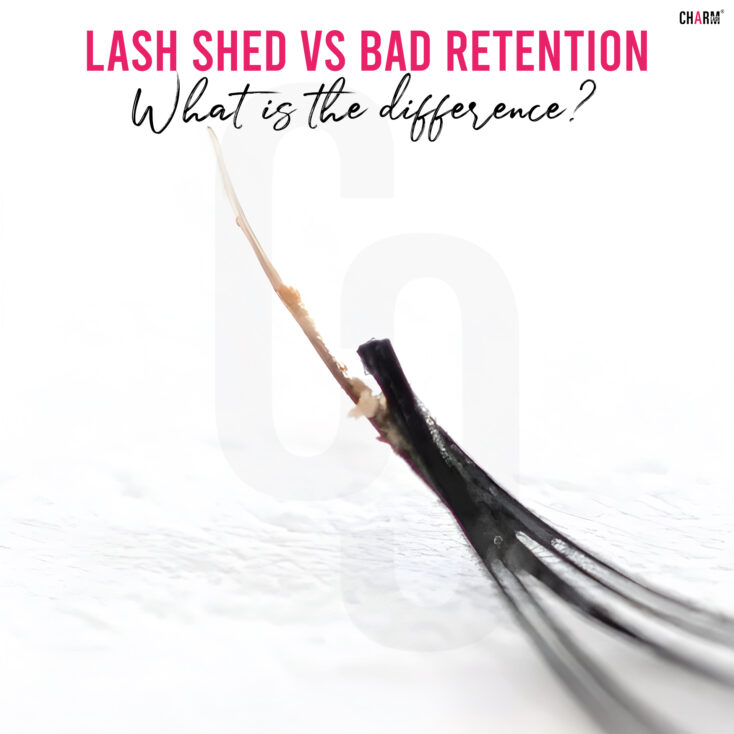
Nature’s Course vs. Unwanted Departure:
Lash Shedding:
- Nature’s gentle way of renewal, where your eyelashes naturally fall out as part of your body’s regeneration process.
- A natural process that ensures the health and vitality of your lashes.
Bad Retention:
- An unwanted scenario where lash extensions part ways prematurely, caused by various factors such as improper application or poor adhesive quality.
- Disrupts the desired lifespan of lash extensions, leading to frustration for both clients and lash artists.
Daily Acceptance vs. Anomalies:
Lash Shedding:
- Understanding and accepting the daily loss of a few lashes as a normal occurrence.
- Recognizing it as a sign of healthy lash growth and renewal.
Bad Retention:
- Noticing deviations from the expected duration of lash extensions as anomalies.
- Signaling potential issues that need attention to ensure client satisfaction.
Continuous Renewal vs. Untimely Goodbyes:
Lash Shedding:
- Represents the ongoing renewal process of lashes, maintaining their overall health and appearance.
- Ensures that new, healthy lashes replace old ones, contributing to a full lash line.
Bad Retention:
- Indicates a need for investigation into application techniques, adhesive quality, or lash weight.
- By addressing these factors, the untimely goodbyes of lash extensions can be prevented.
- Tip: Boost glue effectiveness by using primer, enhancing retention and prolonging the lifespan of lash extensions.
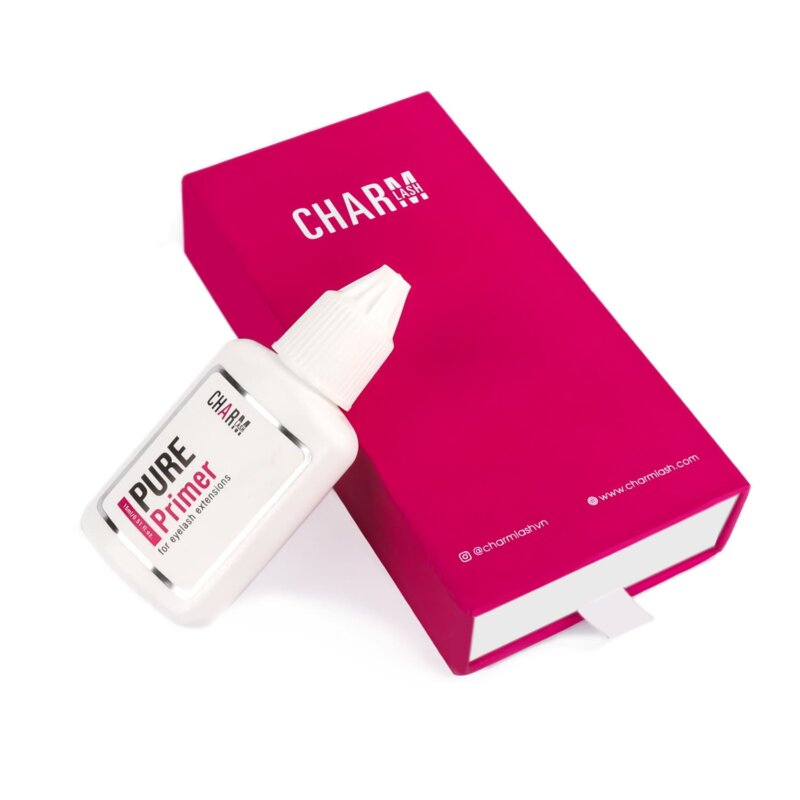
Understanding the difference between lash shed vs bad retention is pivotal for both lash artists and clients. While lash shedding is a natural and unavoidable process, bad retention signals a need for corrective action. By comprehending these distinctions, you empower yourself to navigate the world of eyelash extensions with confidence, ensuring longer-lasting and more satisfying results.
Remember, daily lash shedding is your body’s way of maintaining health, but when it comes to your extended lashes, keeping them around requires a keen eye on application techniques and product quality.














